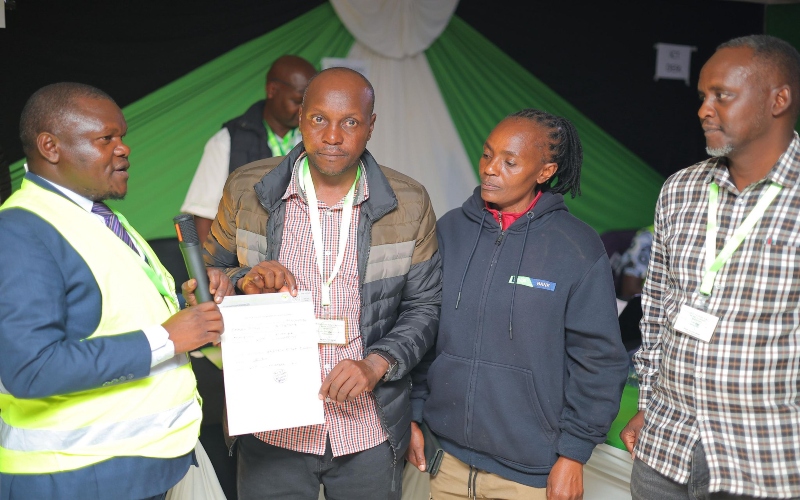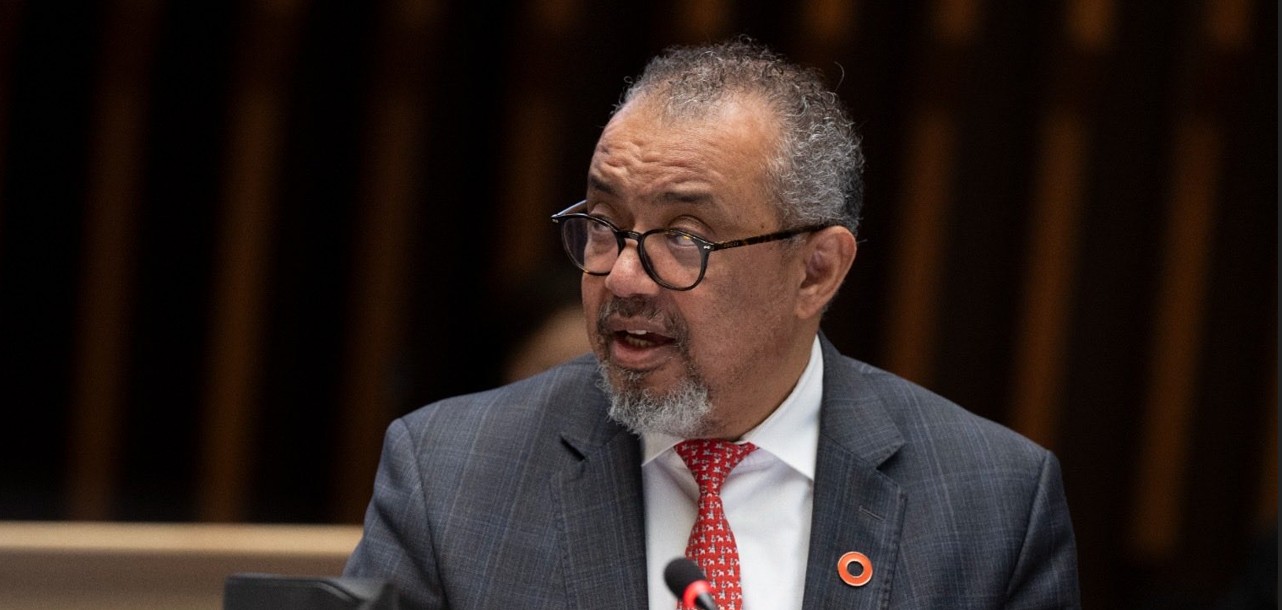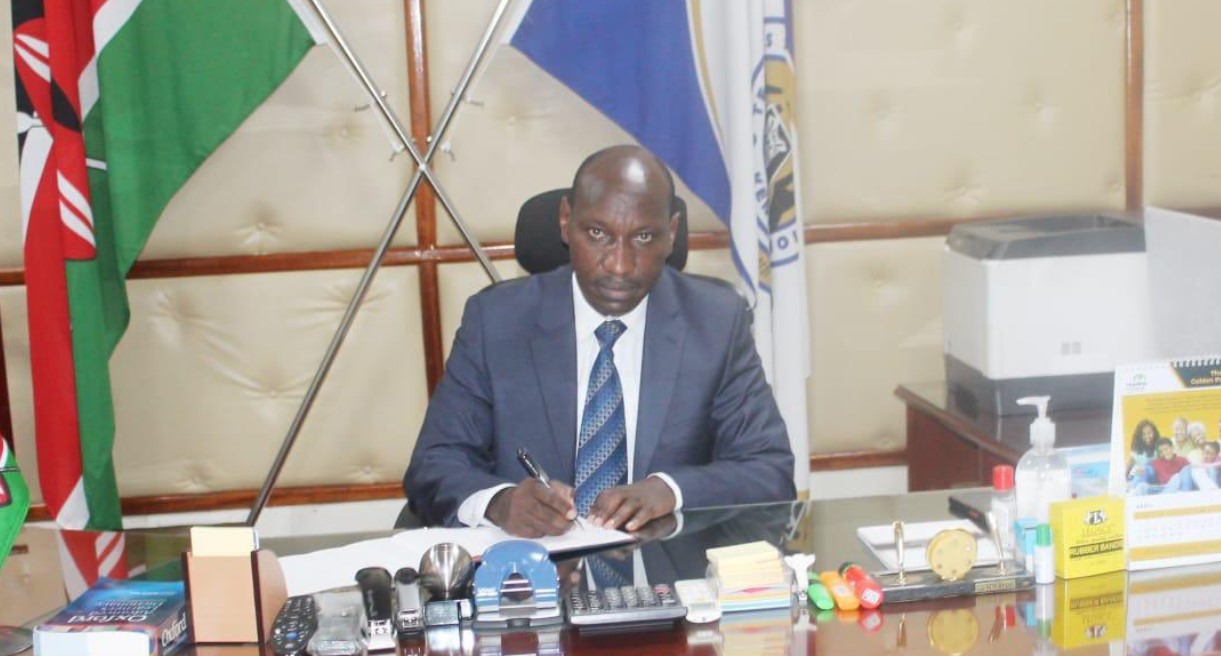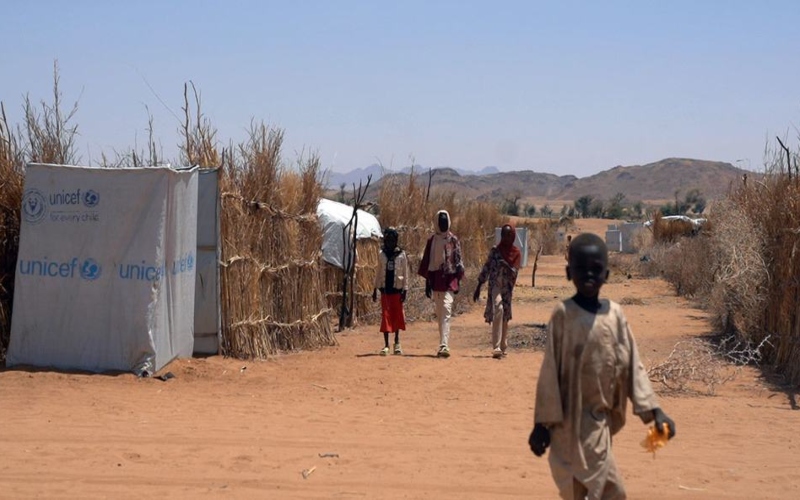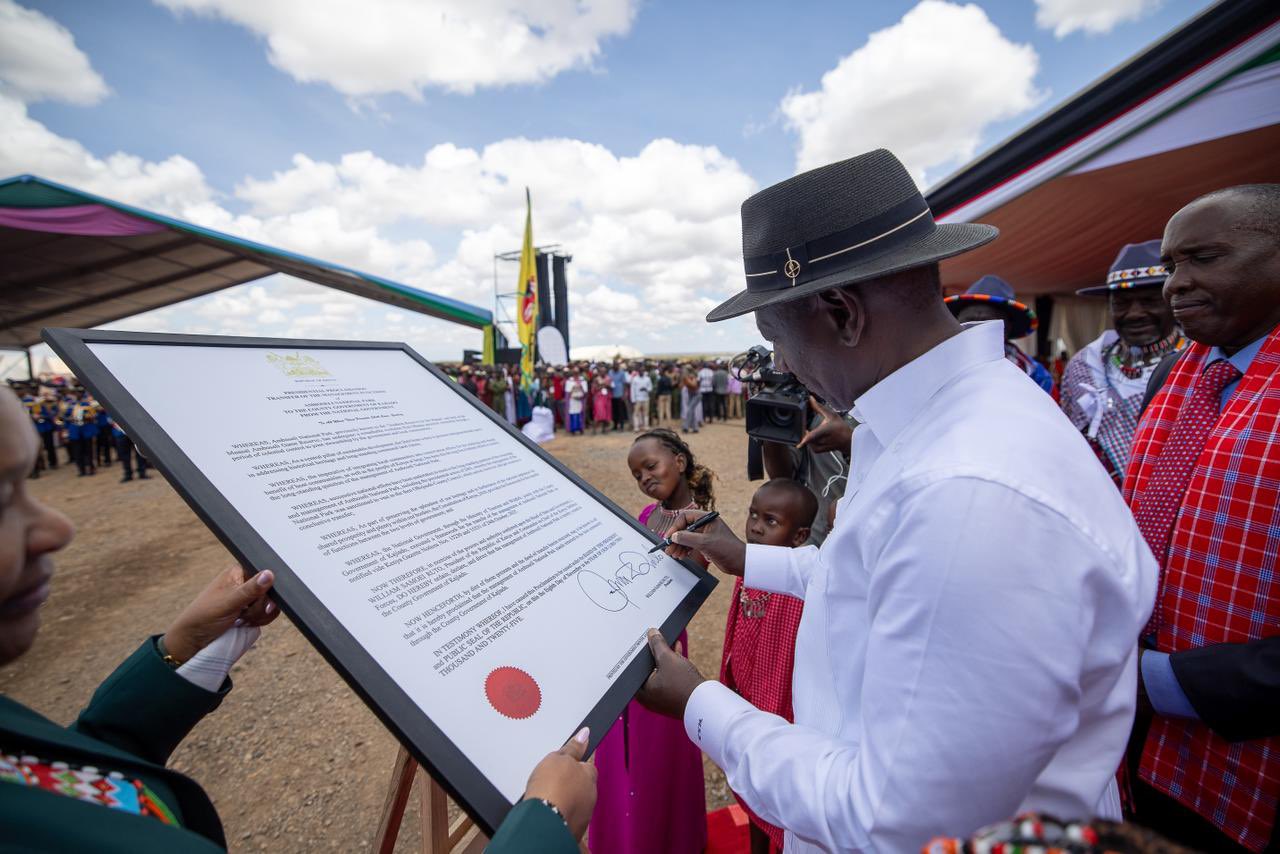Climate change increases risk of preterm births, infant mortality- WHO
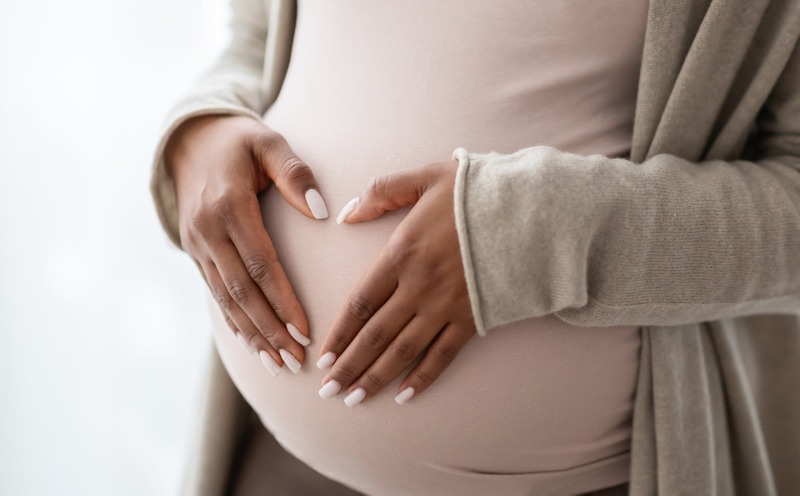
World Health Organisation (WHO) reports that pregnant women, newborns, children, adolescents, and older people are experiencing significant health challenges due to climate change.
Climate change has become a global concern, affecting everyone, but women, children, and the elderly have borne the heaviest brunt of its impact.
According to the World Health Organisation (WHO), pregnant women, newborns, children, adolescents, and older people are experiencing significant health challenges due to climate change, as highlighted in a recent collection of papers published in the Journal of Global Health.
More To Read
- WHO warns of rising antimicrobial resistance in fungal infections
- Kenya steps up border checks as Ethiopia confirms outbreak of Marburg Virus Disease
- What’s at stake in the COP30 negotiations?
- Ending violence against women ‘a matter of dignity, equality and human rights’
- UN calls for legal safeguards for AI in healthcare
- Major global emitters off track, no country strong enough to meet climate targets - report
The research indicates that climate hazards such as heat waves, air pollution, and natural disasters like wildfires and floods affect different stages of life, with women, children, and the elderly feeling the most impact. WHO notes that heat waves increase the risk of preterm births and stillbirths, major causes of childhood mortality. A slight rise in minimum daily temperatures significantly raises the risk of infant mortality.
In 2020, an estimated 13.4 million babies were born preterm, equating to more than 1 in 10 births. In 2019, around 900,000 children died due to complications from preterm birth. Many survivors face long-term disabilities, including learning difficulties and sensory impairments.
Survival rates of premature babies vary dramatically based on location. In low-income countries, more than 90 per cent of extremely preterm babies (less than 28 weeks) die within the first few days of life, whereas in high-income countries, fewer than 10 per cent of these babies die.
Globally, prematurity is the leading cause of death among children under five. In low-income settings, half of the babies born at or before 32 weeks die due to insufficient access to essential care such as warmth, breastfeeding support, and basic treatment for infections and breathing issues.
Preterm birth can occur for various reasons. While many preterm births happen spontaneously, others are due to medical issues such as infections or pregnancy complications requiring early labour induction or cesarean birth. Dr Anshu Banerjee from WHO stresses that climate change poses immediate health risks, particularly impacting vulnerable populations.
"These studies show clearly that climate change is not a distant health threat, and that certain populations are already paying a high price," said Dr. Anshu Banerjee, Director of Maternal, Newborn, Child and Adolescent Health and Ageing at WHO.
"While awareness of climate change has increased, actions to safeguard the lives of those at most risks have barely scratched the surface of what’s needed. For climate justice to be achieved, this must be urgently redressed," Dr Banerjee added.
High temperatures
High temperatures during pregnancy are linked to adverse birth outcomes such as stillbirth, as well as conditions like hypertension and gestational diabetes. Heatwaves also impair cognitive function in children and adolescents and exacerbate cardiovascular and respiratory issues in older adults.
The research highlights that air pollution increases the likelihood of high blood pressure, low birth weight, and respiratory illnesses across all age groups, with children and older adults facing heightened risks of cancer, cardiovascular disease, and pneumonia.
Natural disasters like floods and droughts further worsen health outcomes by limiting access to safe water and food, increasing diseases like diarrhoea and malnutrition.
Experts stress that vulnerable groups, including infants, older adults, and pregnant women, face additional challenges from climate-related displacements and disruptions. These include difficulties in accessing healthcare and increased susceptibility to diseases due to weakened immune systems or poor temperature regulation.
Kenya continues to grapple with major challenges due to climate change, affecting health, agriculture, infrastructure, and the environment. The country experiences extreme heat, particularly in the ASAL areas, and devastating floods that have claimed over 300 lives and displaced thousands in 2024
Climate change disproportionately affects children's health, women's antenatal health, adolescent sexual health, and family planning in Kenya. Shifts in rainfall and temperature patterns impact food availability, influencing mothers' diets and, subsequently, birth weights
According to a report by the World Economic Forum published in January, climate change could lead to an additional 14.5 million deaths and $12.5 trillion in economic losses worldwide by 2050.
Despite these alarming projections, there is still time for global stakeholders to take decisive, strategic action to mitigate these health impacts. The report highlights that floods pose the highest immediate risk of climate-induced mortality, potentially causing 8.5 million deaths by 2050.
Droughts, linked to extreme heat, are expected to be the second highest cause of mortality, with an estimated 3.2 million deaths. Heat waves are projected to have the greatest economic impact, costing an estimated $7.1 trillion due to loss in productivity. Additionally, air pollution from fine particulate and ozone pollution is anticipated to be the largest contributor to premature deaths, accounting for nearly 9 million deaths annually.
To address these challenges, researchers call for urgent climate mitigation efforts to reduce greenhouse gas emissions and enhance climate resilience. They highlight the need for tailored adaptation measures that safeguard the health of women, children, adolescents, and older adults during climate emergencies. They include; preparing healthcare, social support systems and educational facilities for extreme weather events and engaging communities of all ages in climate action and planning.
Top Stories Today

